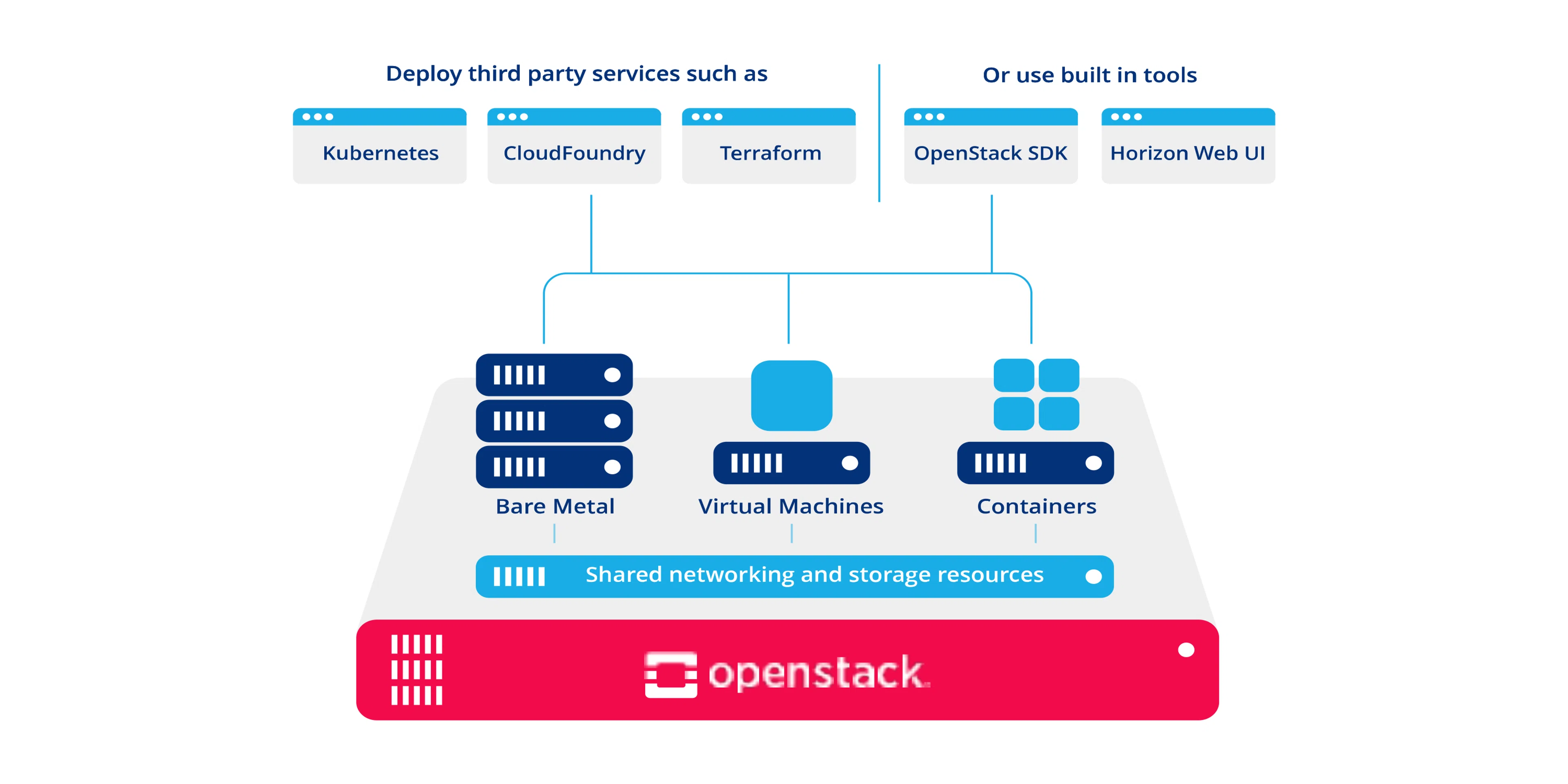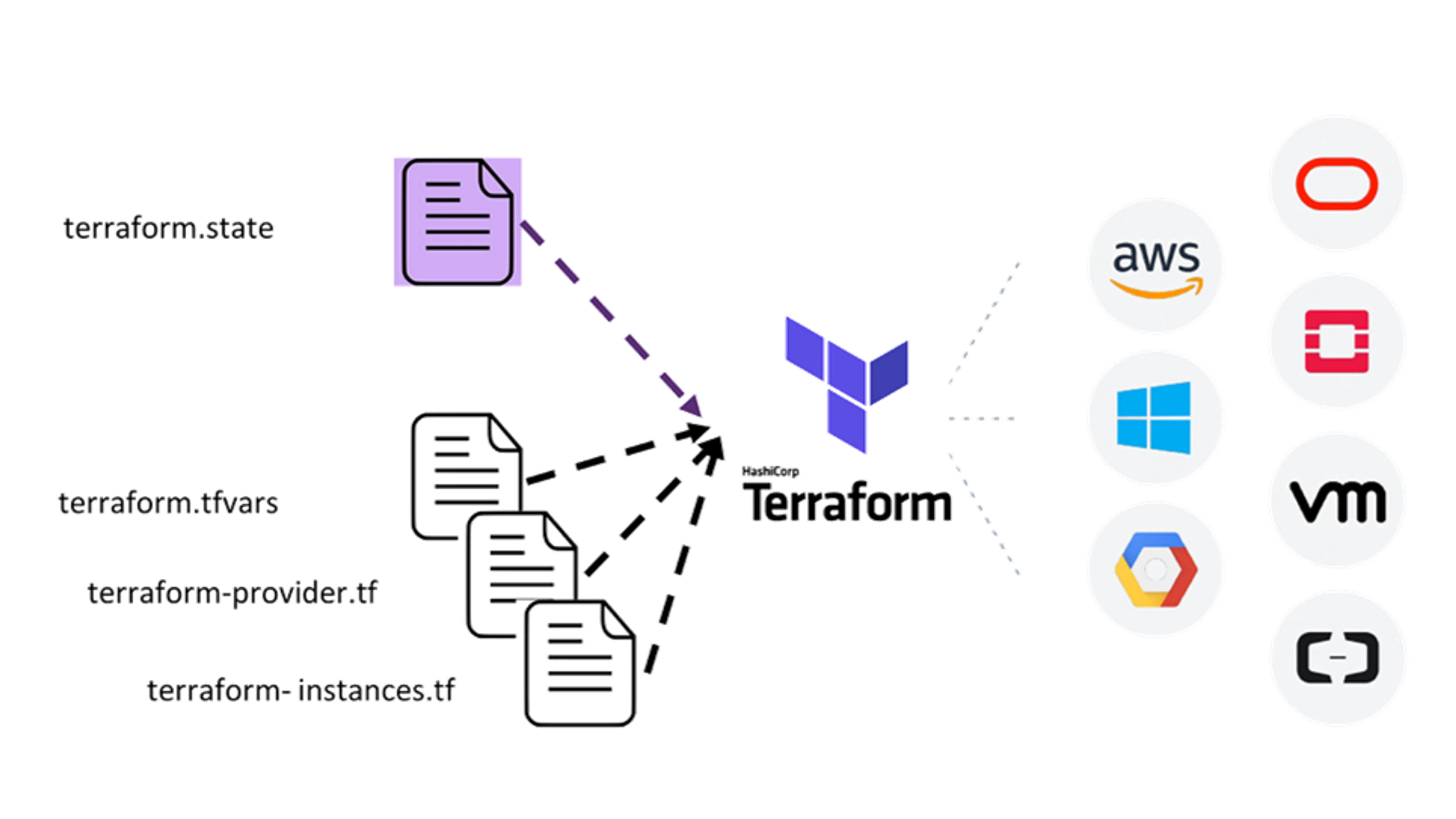Is the fast-food-like Cloud experience too good to be true?
David Hansson wrote an interesting blog post about why 37Signals left the cloud. Efim Mirochnik also wrote an intriguing article explaining how Ahrefs saved $400 million by avoiding the cloud in the first place.

There are many good reasons why to run workloads in the Public Cloud of the Big 3 vendors. There are equally many good reasons why not to.
But perhaps it is not a binary, but rather an informed “if-then” decision. The Practical Analysis Guide in my blog post, helps you decide where to go with your workloads.
But what are the benefits of running my workloads on GCP, AWS, Azure or OpenStack? Is GCP itself running on OpenStack? What is OpenStack?
Let’s begin with the fundamentals.
“OpenStack is a cloud operating system that controls large pools of compute, storage, and networking resources throughout a datacenter, all managed and provisioned through APIs with common authentication mechanisms.”

Publicly GCP, AWS, and Azure are independent cloud computing platforms like OpenStack, freely available to everyone.
The OpenInfra Foundation is the organization behind OpenStack providing a neutral, open environment to build open-source infrastructure software together. E. g. Meta, Microsoft, RedHat, Ant Group, Ericsson, Huawei, AMD, Intel, ARM, Samsung, and DELL are supporting Members.
OpenStack is the hidden force behind hundreds of Public Clouds providing a staggering number of CPUs worldwide. The OpenInfra Foundation contributors are developing the cloud computing platform.
30% of organizations worldwide report using OpenStack in production, providing developers with a GCP-like Infrastructure-as-Code (Iac) experience.
To seamlessly manage their cloud resources, developers can work with Terraform and Ansible scripts against OpenStack and other cloud computing platforms.

Organizations with DevOps skills can take advantage of the cloud journey and efficiently manage virtualized infrastructure resources. Companies without those skills inhouse should rely on partners to
• optimize their cloud footprint and bills and
• optimize, manage, and run their virtualized infrastructure.
This is nothing new, but the Big 3 are selling and marketing a fast-food-like journey to the cloud to their customer base - Quick, Convenient, Standardized – which might be misguided and misleading.
It is up to the customer to consume those services – or in the words of the fast-food metaphor – …consume those Big Macs, Fries, and Milkshakes while keeping our weight, health, and spending in check.
Contact me to discuss your digital calories, your Cloud-well-being and your expenditure goals without guilt.
Best regards,
Andrew
